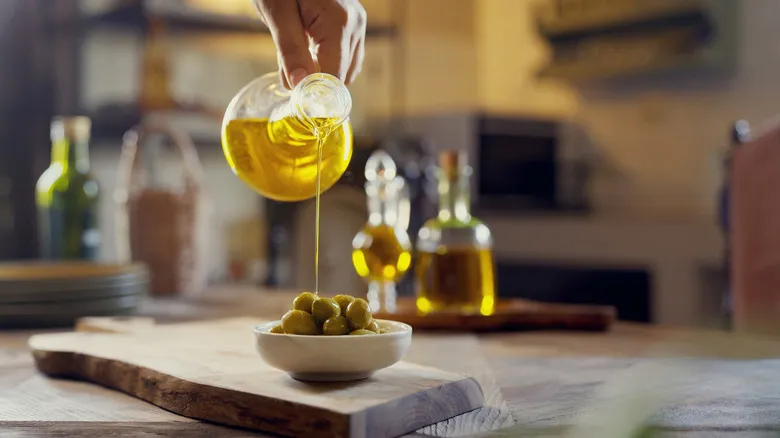A Hawaiian delicacy, by way of Canada and Greece

While fruit on pizza may have a long-standing history, the origins of pineapple pizza are surprisingly modern. This unique creation emerged in the 1960s, thanks to a Greek restaurateur in Canada. Sam Panopoulos is credited with inventing Hawaiian pizza in 1962 as a strategy to attract more customers to his restaurant in Ontario. At that time, pizza was still considered a novelty in Canada, and Panopoulos was eager to experiment with toppings beyond the traditional pepperoni.
The appeal of pineapple on pizza was influenced by the Tiki trend that permeated popular culture in the 1960s. Pineapple, in particular, was a favored ingredient in many recipes of that era, some of which now feel quite outdated. So, what is it about pineapple pizza that has allowed it to endure? One reason could be that the fruit brings a refreshing sweetness to a dish that is otherwise salty. When combined with ham, it creates a delightful topping for the cheesy pie. Additionally, like figs in ancient Rome, pineapples are widely available, albeit mostly in canned form, and are quite affordable.
Fruit does belong on pizza, actually

While pineapple on pizza may be a source of frustration for some pizza lovers, its lasting appeal is undeniable. Even if you consider yourself a pineapple pizza skeptic, it’s worth exploring the concept of fruit as a pizza topping. A variety of fresh (and even sweet) toppings can broaden your perspective on what constitutes a great pizza.
Take pears, for instance; they make a delightful topping, particularly on a white or olive oil-based pizza. When combined with mozzarella, Brie, or a sprinkle of blue cheese, and finished with arugula and a drizzle of balsamic glaze, pears can truly elevate a pizza. Additionally, a peach and gorgonzola pizza would be a refreshing option for a summer gathering. If you want to enhance your pineapple pizza experience, consider changing your pizza base. A barbecue chicken pizza, for example, can allow the pineapple to take center stage. Or, why not embrace tradition? Follow the ancient Romans' lead and try a fig and prosciutto pizza topped with balsamic glaze.
Recommended

5 Obscure Pasta Shapes With Fascinating Backstories

The Grocery Bagging Hack That'll Save You From Using Plastic Bags Ever Again

The Genius Trick To Make Supermarket Self-Checkouts Faster

Why You Should Avoid Buying 'Light' Olive Oil
Next up

